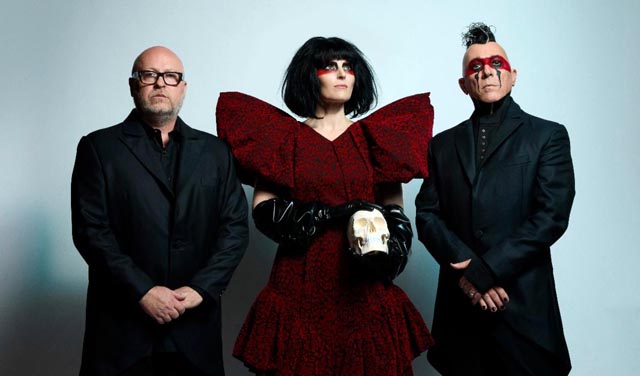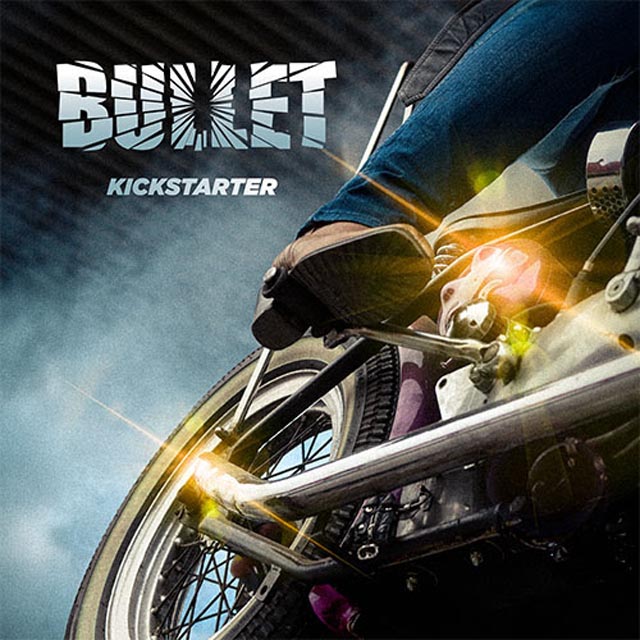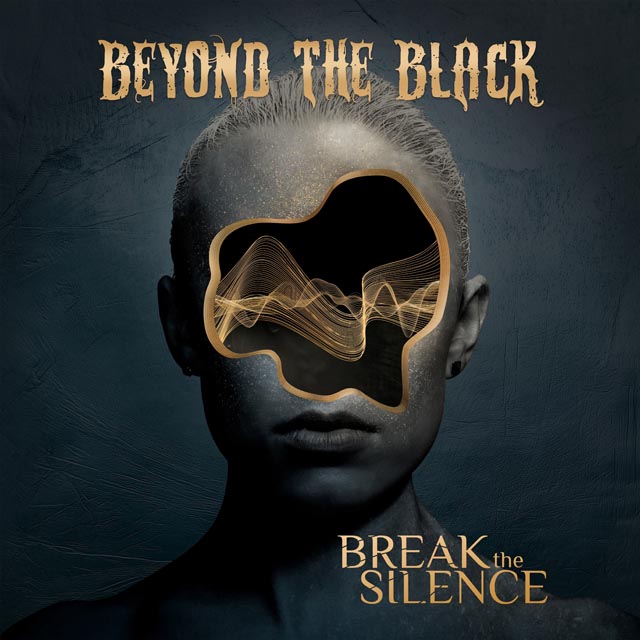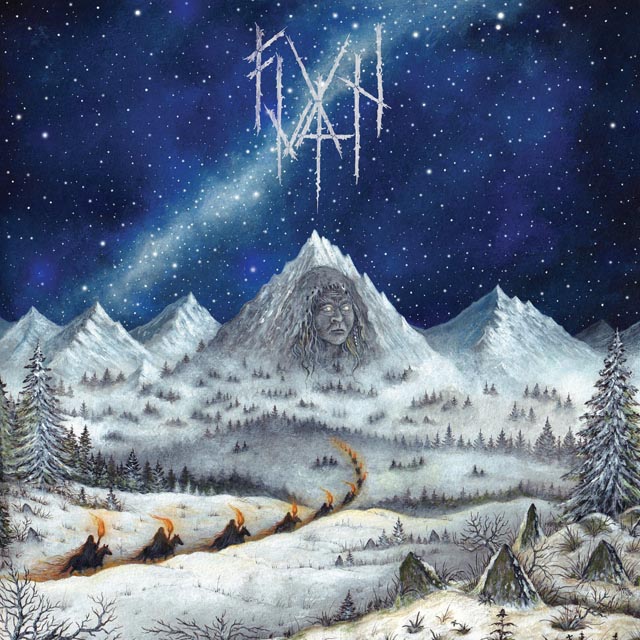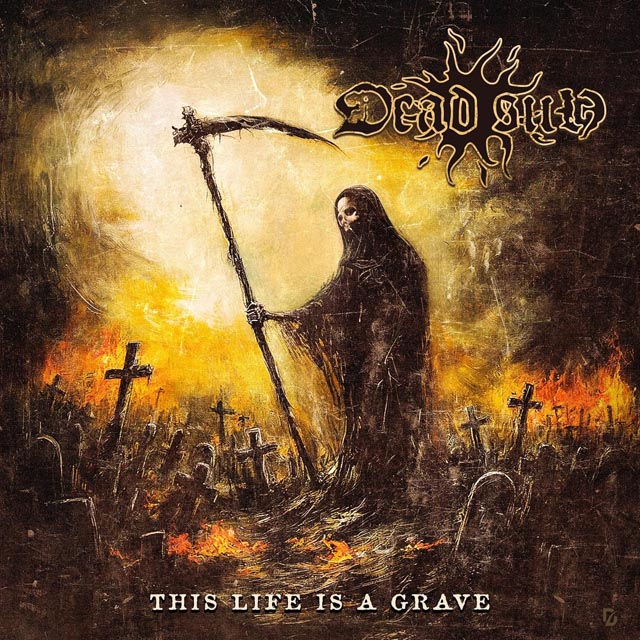 5. Tim “Ripper” Owens in Judas Priest
5. Tim “Ripper” Owens in Judas Priest
It had taken Judas Priest four years to find a replacement for Rob Halford. But in 1996, the group discovered Tim “Ripper” Owens singing in a Priest tribute band and gave him the job of trying to fill in Halford’s boots. It started off rocky with 1997’s Jugulator, but Owens showed strong promise on 2001’s Demolition. Yet even though the story behind Owens joining Judas Priest was ever so heartwarming (or at least heartwarming enough to somewhat inspire a Mark Wahlberg movie), it wasn’t enough to completely win over fans. The band found themselves playing to smaller audiences up until 2003, when Halford made his return.
To be fair, it wasn’t completely Owens’ fault. As we’ve noted in the past, he is a hell of a good singer. It was a mix of bad timing for Priest (after all, the 90s weren’t kind to many 80s metal favorites) and fans simply wanting Halford. But don’t feel too bad for Owens, even as Priest continue to play arenas and sell records with Halford. After splitting with the band, Owens went onto stints with Iced Earth (which was also cut short when the band opted to reunite with Matt Barlow) and Yngwie Malmsteen’s Rising Force, continues to tour as a solo act, and also fronts Charred Walls Of The Damned. He’s also got into the restaurant business, even getting a little help from the TV series Bar Rescue.
[youtube]https://www.youtube.com/watch?v=VN6BunuFgrg[/youtube]
In 1992, Motley Crue was looking to make a massive change. Or in other words, they were eager to get rid of Vince Neil. Once Neil got the boot, Motley Crue brought in then-Scream singer John Corabi. With Corabi onboard, Motely Crue released 1994’s self-titled album, a much darker and possibly even heavier record for the band. It ended up debuting at #7 on the Billboard Top 10 and went gold, which nowadays would be something to celebrate. But compared to the massively successfully Dr. Feelgood, the self-titled album was a bomb, and the band found themselves going from selling out arenas to barely packing clubs. Even though the band started working on a follow up album with Corabi, pressure from management and label heads to reunite with Neil prevailed, leading to Motley Crue releasing Generation Swine with Neil back (though Corabi insisted he contributed a hefty amount to the album in a lawsuit).
Many would argue that Corabi’s time in Motley Crue was doomed from the start thanks to the “era of grunge”, making it nearly impossible for any 80s hair metal act to maintain relevance. Others would argue that the self-titled album was simply too much of a contrast from Crue’s classic party vibe sound. Either way, Corabi’s tenure is a less than favorably remembered footnote in Motley Crue’s legacy, even if their album together is actually the rest of the band’s favorite (well… maybe not everyone’s favorite). In Corabi’s defense, though, it seems that fans only want to see Motley Crue with all four original members, as proved by the lackluster response to 2000’s Tommy Lee-less New Tattoo (featuring Randy Castillo, while Samantha Maloney took over tour duties after Castillo fell ill). Corabi’s still going at it though, still touring solo (even playing Motley Crue’s self-titled album in its entirety on numerous occasions), fronting supergroup The Dead Daisies, and even recording with his former bandmate Mick Mars.
[youtube]https://www.youtube.com/watch?v=P2zgjIGaIo4[/youtube]








